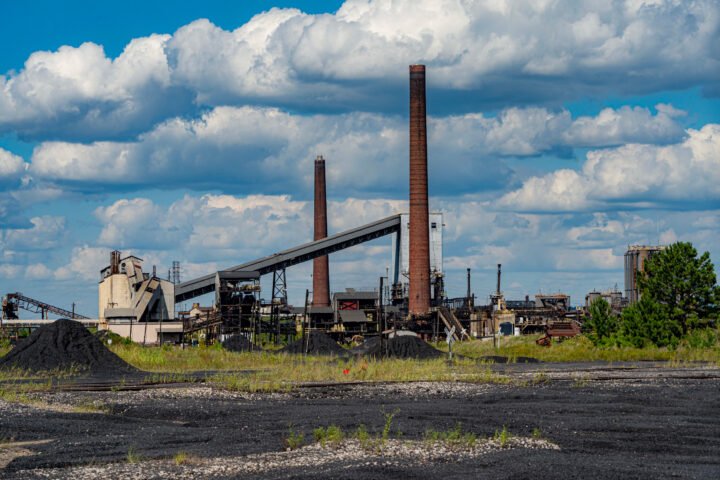Hosting the world’s largest religious gathering comes with big environmental challenges. However, spiritual leaders in India used the festival to champion environmental sustainability
Nearly one-third of India’s 1.4 billion plus population descended on the Maha Kumbh Mela, a six-week Hindu gathering held in the northern state of Uttar Pradesh.
The number of people attending exceeded all expectations, according to the state government.
“The largest human religious festival in the world has already seen over 520 million arrive, averaging over 10 million every day,” said Uttar Pradesh Chief Secretary Manoj Kumar Singh, who oversaw earlier Kumbh preparations.
However, an event of this magnitude presents serious environmental challenges. The influx of millions of Hindu pilgrims strains local water resources and ecosystems, generates vast quantities of trash, including non-biodegradable materials, and increases pollution levels.
River pollution during Maha Kumbh Mela
Concerns remain over the Ganges River’s water quality and waste management during the 45-day spiritual and cultural festival.
India’s Central Pollution Control Board earlier this month reported high levels of fecal coliform at the confluence of the Ganges and Yamuna rivers at Prayagraj, indicating sewage contamination.
“We need to protect nature as otherwise there may not be any Ganga or Yamuna left by the time the next Kumbh happens,” Swami Mukundananda, a spiritual leader of the Jagadguru Kripalu Yog Trust, which promotes societal development.
“That is why we are reaching out to people to promote thought and awareness of waste, sanitation, environment, and hygiene management.”
Religious leaders promote climate action
Saints, spiritual and religious leaders have come together for the first time at the Kumbh to highlight how religious institutions can address the climate crisis and environmental issues.
Chief Secretary Singh pointed out that faith-based organizations are trying to promote sustainable practices driven by their core values and a sense of responsibility towards environmental stewardship.
The Faith for Earth Initiative, launched by the UN Environment Program (UNEP) in 2017, strategically engages faith-based organizations to achieve the Sustainable Development Goals (SDGs) and the 2030 agenda.
Similarly, Ethiopia’s Orthodox Tewahedo Church has helped preserve forests for centuries, protecting biodiversity.
“We are also trying to reconnect people with nature with the help of religious leaders. This is a beginning and more needs to be done,” Singh said.
Chidanand Saraswati, president of the Parmarth Niketan Ashram, based in the northern Indian city of Rishikesh, told DW that spiritual leaders can promote devotion and responsibility toward nature by bridging ancient wisdom with modern sustainability.
“If faith leaders, society and the government can join hands, we can find a solution,” he added.
Many believe religious leaders can be powerful advocates for climate action within their communities through education and faith-based activism.
India’s climate crisis intensifies
Human-induced climate change is already exacerbating extreme weather in India, including heat waves, flooding and other disasters.
Roxy Mathew Koll, a climate scientist at the Indian Institute of Tropical Meteorology in Pune, said these events threaten food, water, and energy security.
“The entire region, not just India, is witnessing a clear trend in rising heat waves, floods, landslides, droughts, and cyclones,”
Chandra Bhushan, president and CEO of the International Forum for Environment, Sustainability and Technology (iFOREST), an independent research and innovation organization, said the scientific community and government officials realize their limited reach.
“Providing scientific information is not enough to reach people. They understand climate change and its effects if they can relate it to their lives, which science and government programs cannot do”.
He added that religious leaders can help bridge this gap, engaging communities on a spiritual and ethical level “to promote sustainable practices and advocate for policy changes.”
In its 2022 report, the UN Intergovernmental Panel on Climate Change (IPCC) painted a bleak picture for India, warning that it could face multiple climate change-induced disasters in the next two decades.
Religious leaders have committed to promoting eco-friendly practices among their followers.
This includes adopting renewable energy, implementing waste management strategies, and enhancing climate education programs within faith communities.
“We have made efforts to spread the word. Let us hope this gathering of spiritual and faith leaders keeps the mission alive of adopting sustainable initiatives,” Shalini Mehrotra of the Shri Ram Chandra Mission, an NGO.








